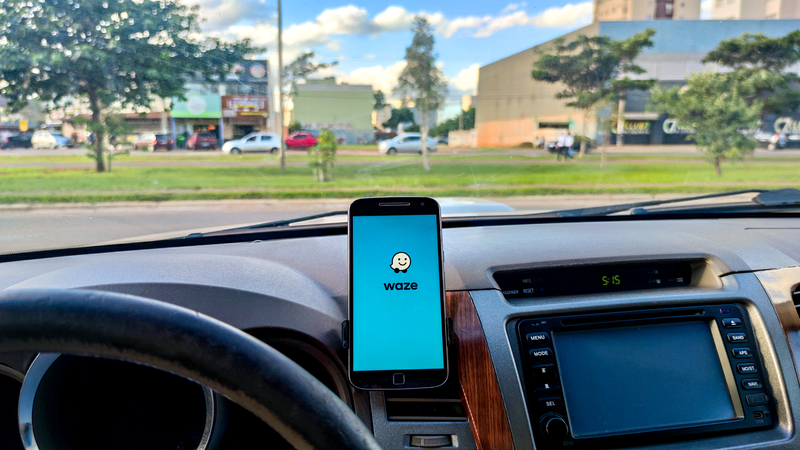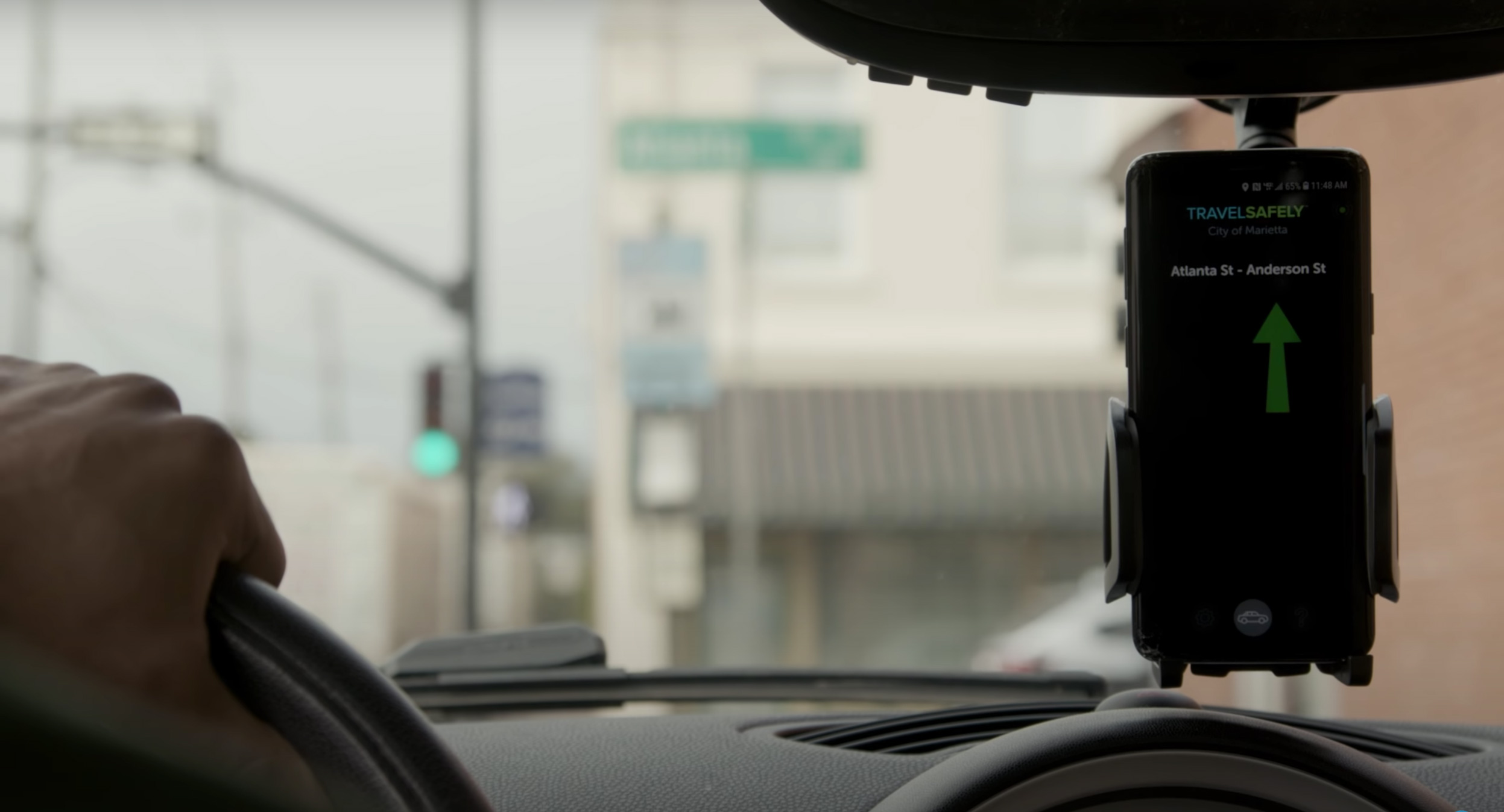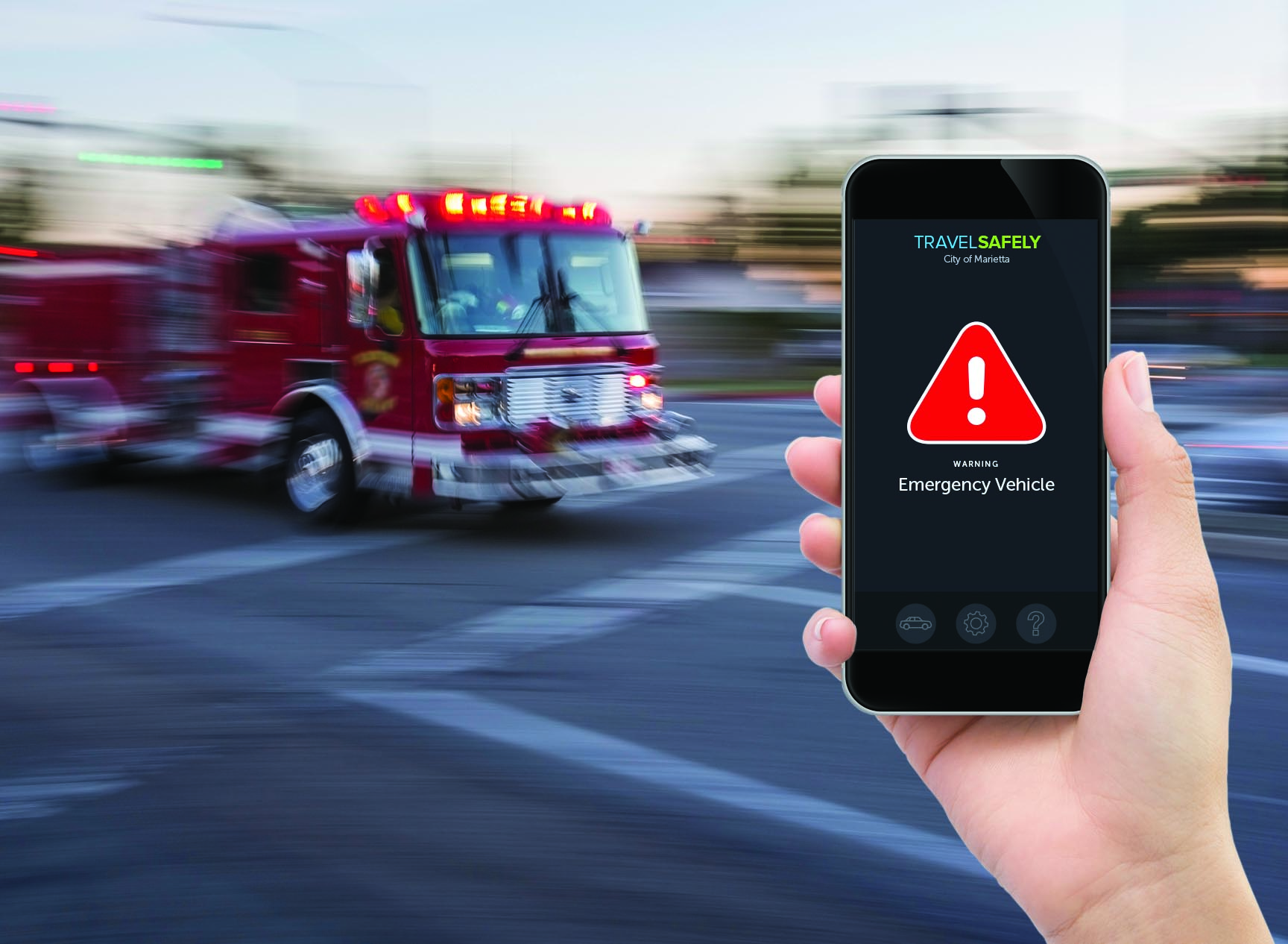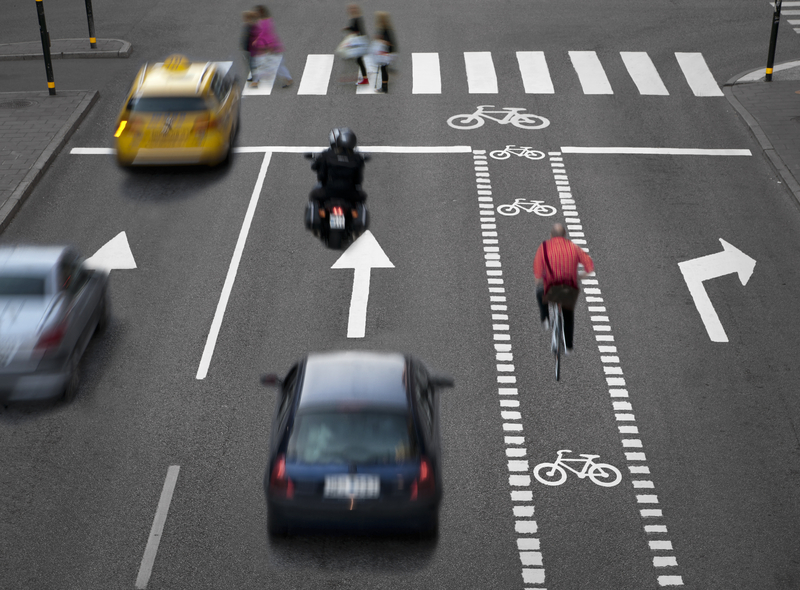
Research carried out by the University of Florida has found alerts from a connected vehicle (CV) app caused drivers to reduce their speed in active school zones.
The study took place along a 5.7-mile circuit that included five active school zone flashing beacons along with cyclists. Trajectory and eye tracking data was collected from 50 participants, each making two trips around the circuit with a test vehicle and phone pre-loaded with the TravelSafely app.
The app alerted the drivers in the test vehicles if they exceeded a pre-set speed threshold of 20 mph. It also warned them when pedestrians and cyclists who had the app installed and were in proximity to the test vehicles.
An initial group of drivers did not receive any alerts (Stealth/Off) followed by another set of motorists that were provided with audio alerts (Audio On) and a third batch that obtained both audio and visual alerts (Audio/Visual On).
I-Street Initiative – Evaluation of Intelligent School Zone Beacon and Vehicle-Cyclist Detection and Warning System says the probability of instantaneous speeds exceeding 20 miles/hour was less in Audio On and Audio/Visual On conditions compared to Stealth/Off mode.
Other findings show the probability of the app triggering was less in Audio On and Audio/Visual On conditions compared to Stealth/Off mode.
Drivers were more likely to look at the cyclist in Audio On and Audio/Visual On conditions compared to Stealth/Off mode in their first trip, suggesting that the app succeeded in drawing the attention of the driver to the cyclist.
On the second trip, there was a smaller difference between Stealth/Off mode and Audio On conditions when drivers were more familiar with the route. In contrast, drivers looked less at the cyclist in the Audio/Visual On condition relative to the Stealth/Off condition.
According to the report, the additional visual alert could be drawing the drivers’ attention to the mobile phone instead of the cyclist.
The results show that the availability of a CV app increases the driver’s visual scanning behaviour while also increasing the probability of them seeing the cyclist.
This suggests the value of the app in improving safety in locations in which cyclists are generally not expected, the document adds.
Applied Information and Temple supplied the TravelSafely app.
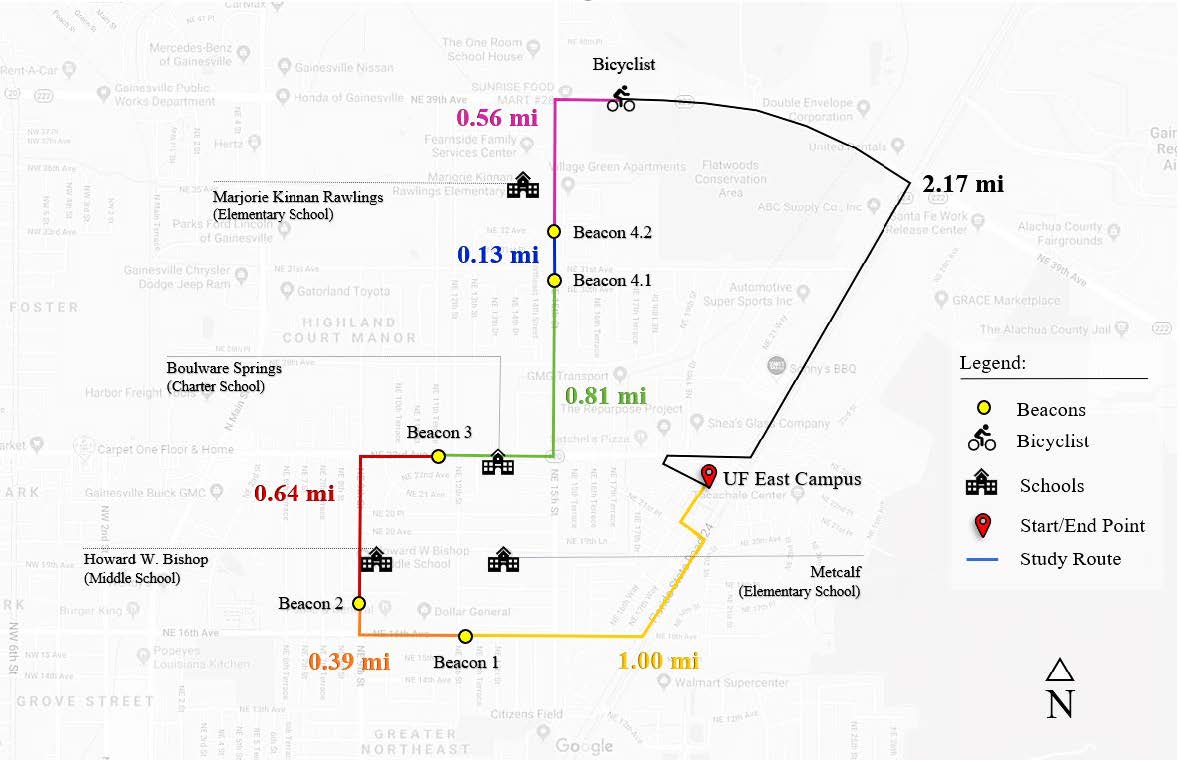
The study took place along a 5.7-mile circuit that included five active school zone flashing beacons along with cyclists




